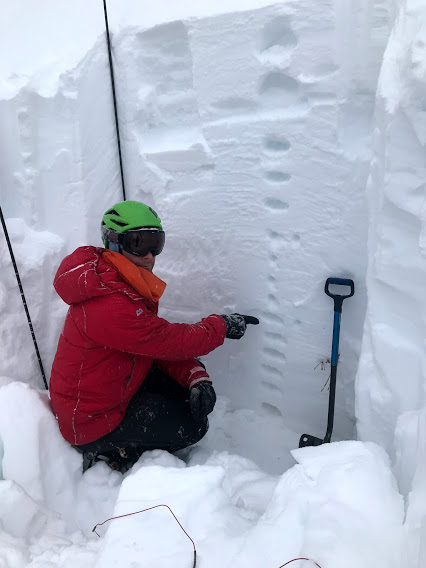Snowpacks that share both the warm and wetter characteristics of Maritime snow climates and colder, dryer characteristics of Continental snow climates.
Intermountain or Transitional snow climates share characteristics of both Maritime and Continental snowpacks. Transitional snow climates tend to see frequent snowfall, but less than their coastal counterparts. Further inland, their temperatures are cooler and snow is generally lower density. Persistent instabilities tend to be less common and shorter-lived than continental snowpacks further inland, but occasionally persistent instabilities can plague these areas for much of the season. The Wasatch Range in Utah is an example of an Intermountain or Transitional snowpack.

